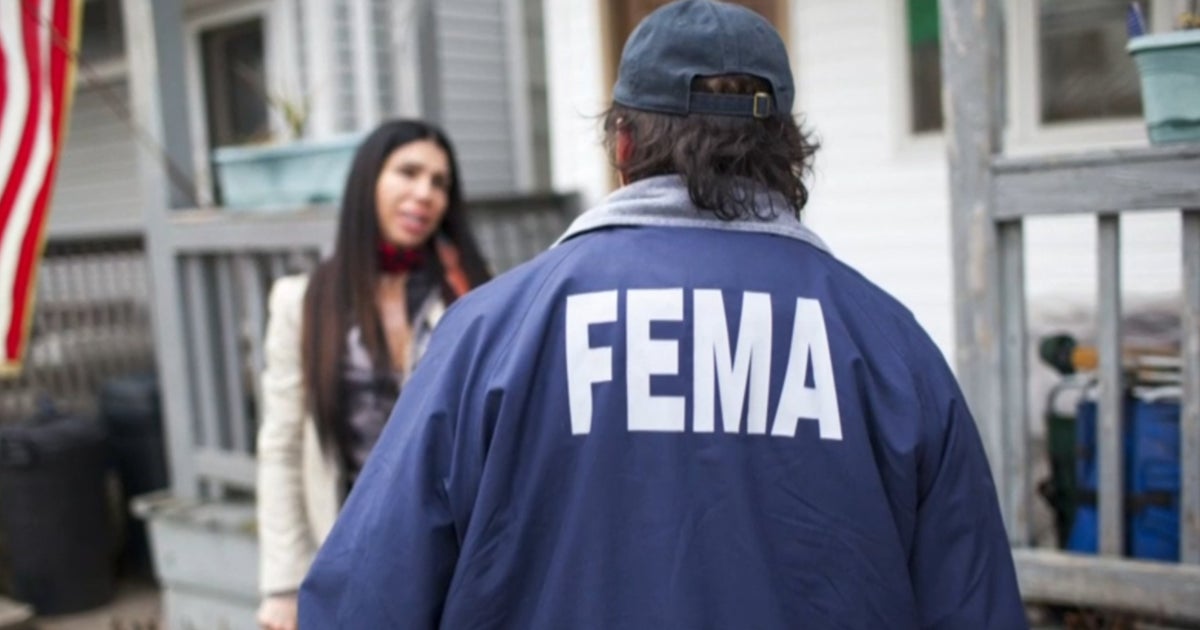Unveiling FEMA’s Preparedness: Are We Ready for the Next Hurricane Season?
A recent internal report from the Federal Emergency Management Agency (FEMA) reveals significant gaps in the agency’s readiness for the 2024 hurricane season, sparking concerns among disaster response experts. With climate change fueling more intense storms, the findings highlight vulnerabilities in resource allocation, staffing shortages, and logistical challenges that could delay critical aid to millions of Americans in coastal regions.
FEMA’s Internal Report Exposes Critical Gaps
The report, obtained by investigative journalists, outlines several systemic issues plaguing FEMA’s disaster response framework. Key findings include:
- Staffing shortages: A 15% deficit in trained personnel compared to 2023 levels, despite a projected 40% increase in high-category storms.
- Supply chain bottlenecks: Delays in pre-positioning emergency supplies, such as water and generators, in high-risk areas like Florida and the Gulf Coast.
- Outdated infrastructure: Aging technology systems that could hinder real-time coordination during multi-state disasters.
“The numbers don’t lie—we’re playing catch-up,” said Dr. Elena Martinez, a disaster resilience researcher at Texas A&M University. “FEMA’s current capacity doesn’t match the escalating frequency of Category 4 and 5 hurricanes. Without immediate action, response times could double.”
The Rising Threat of Climate-Enhanced Hurricanes
Scientists warn that warmer ocean temperatures are extending hurricane seasons and amplifying storm intensity. NOAA’s 2024 forecast predicts 18–25 named storms, with 8–12 likely becoming hurricanes. Meanwhile, FEMA’s budget for disaster relief has only increased by 7% since 2020, lagging behind inflation and demand.
“We’re seeing storms like Ian and Ida rewrite the rulebook,” said meteorologist Paul Douglas. “When a hurricane stalls over a populated area or dumps 20 inches of rain in 48 hours, even the best-prepared systems buckle.”
Stakeholders Respond: Praise, Criticism, and Calls to Action
While FEMA Administrator Deanne Criswell has pledged to address the report’s findings, critics argue the agency needs structural overhauls, not just stopgap measures. State officials in hurricane-prone regions are taking matters into their own hands:
- Florida allocated $500 million for local resilience grants in 2024.
- Louisiana launched a pilot program with private insurers to expedite claims processing.
However, rural communities remain disproportionately vulnerable. “FEMA’s urban-centric model leaves small towns scrambling,” said Mayor Lydia Carter of Grand Isle, Louisiana. “After Ida, we waited 11 days for federal aid. That’s unacceptable.”
What’s Next for FEMA and Disaster Preparedness?
The report recommends urgent reforms, including public-private partnerships to bolster supply chains and AI-driven tools to optimize resource deployment. Congress is debating a proposed $21 billion supplemental funding package, but partisan divides could delay approval.
For now, experts urge individuals to take preparedness into their own hands. “FEMA is a lifeline, not a first responder,” emphasized Martinez. “Every household in hurricane zones should have an evacuation plan and a 14-day supply kit.”
How to help: Support nonprofits like the Red Cross or local community resilience funds to bridge gaps in federal aid. Stay informed via FEMA’s Hurricane Preparedness Hub for real-time updates.
See more Your Daily Weather



